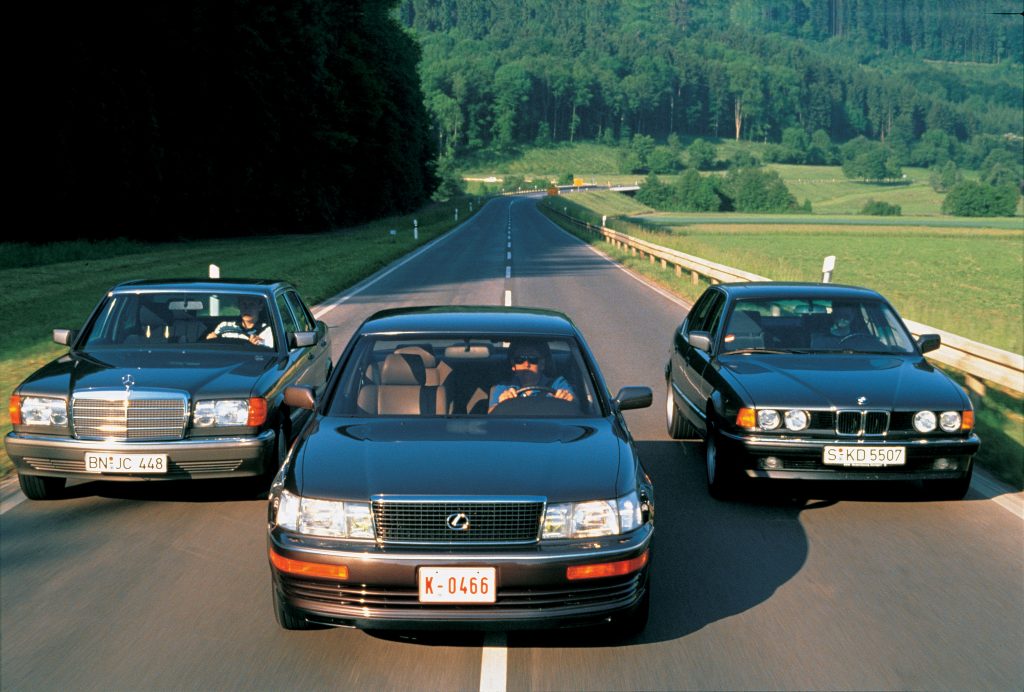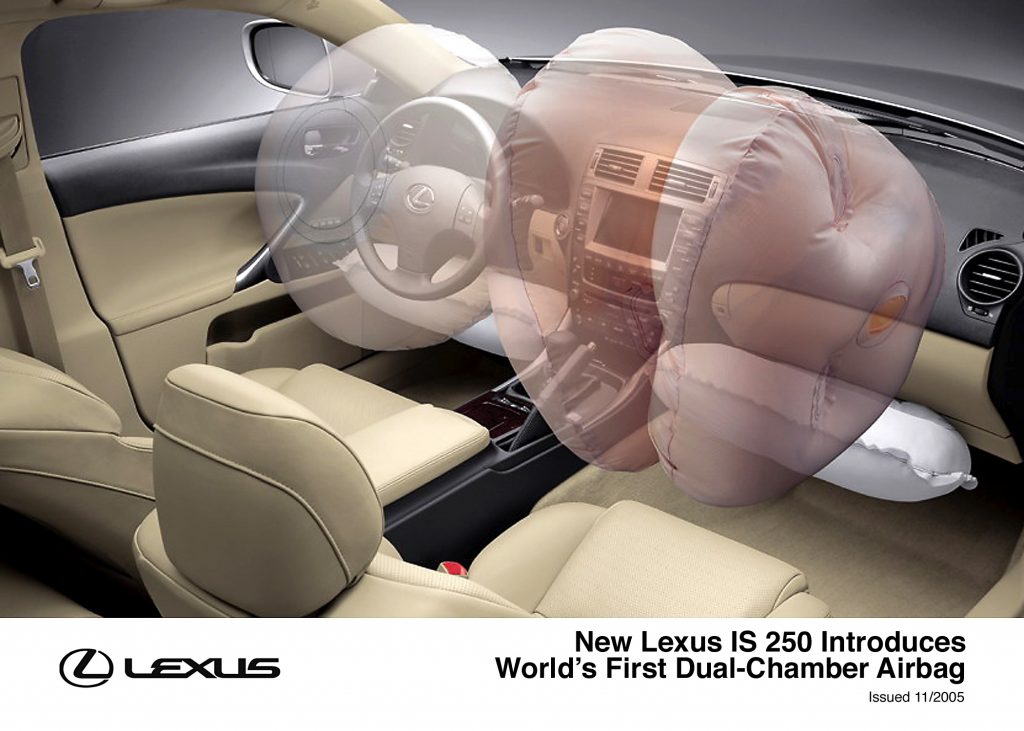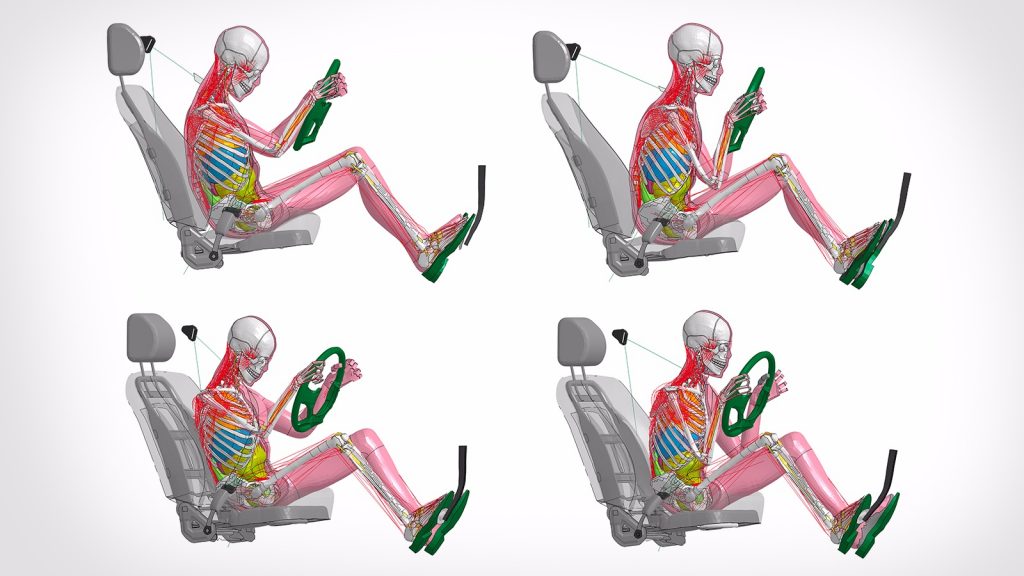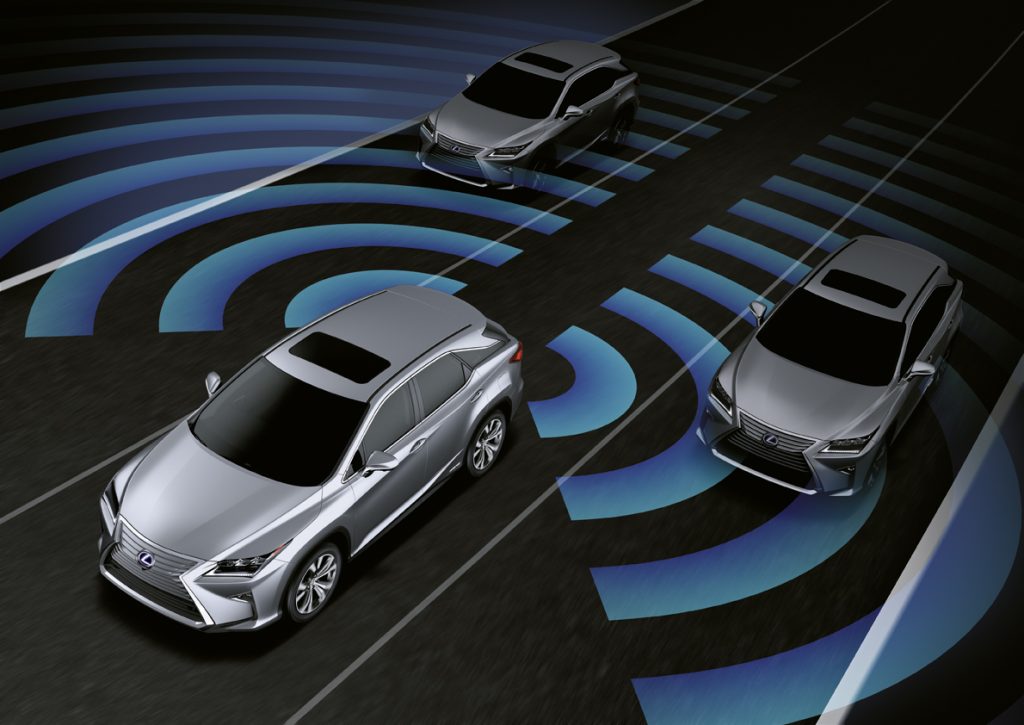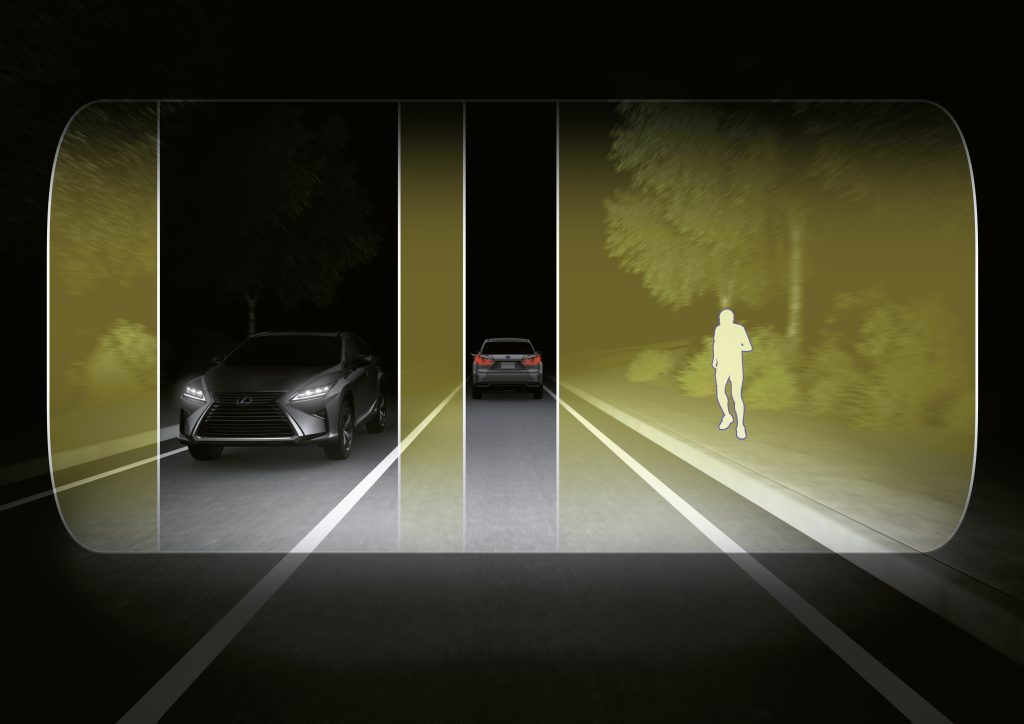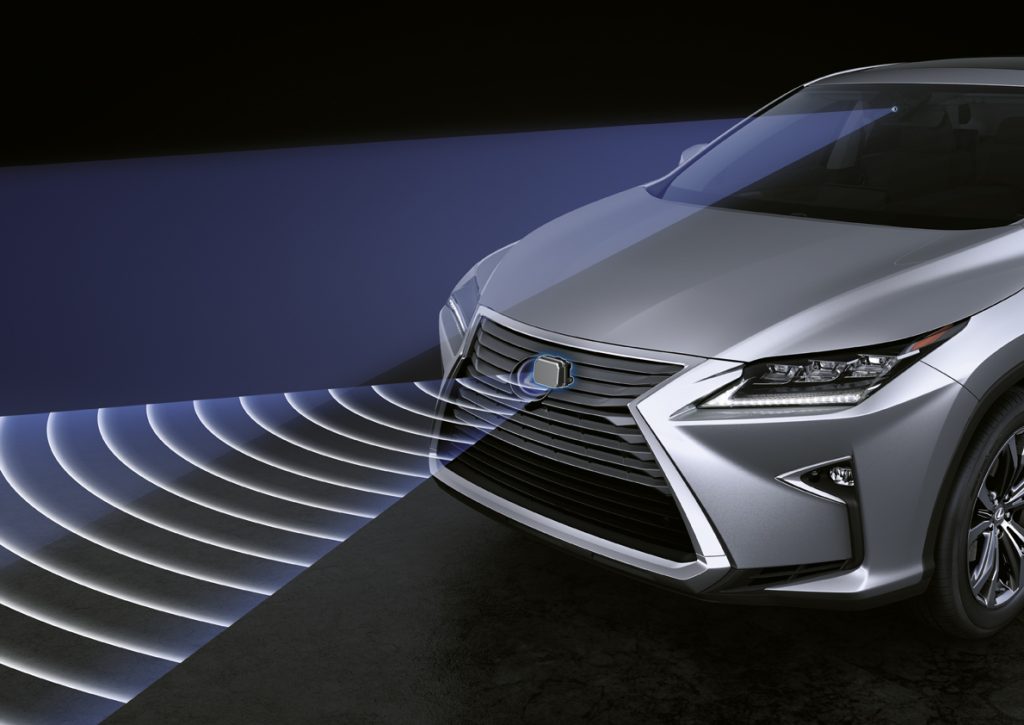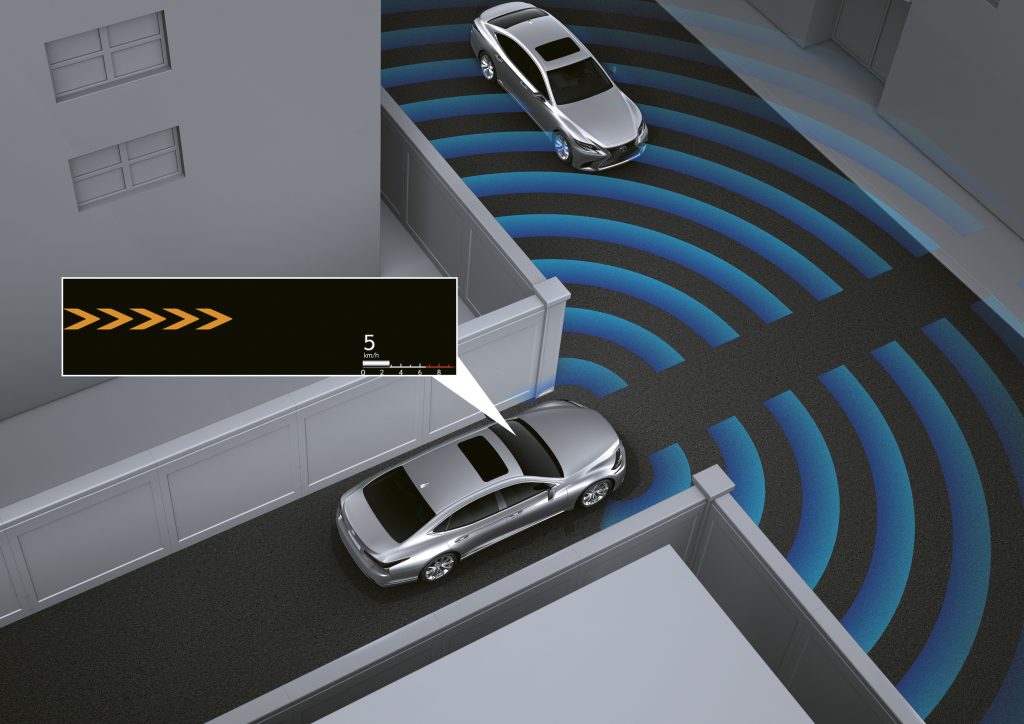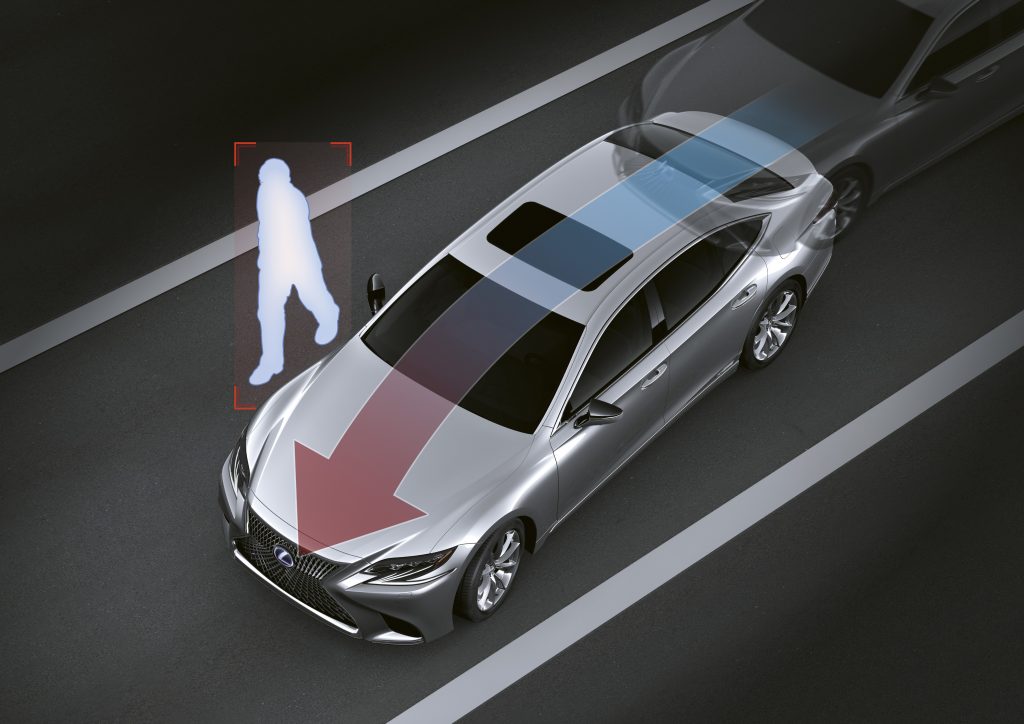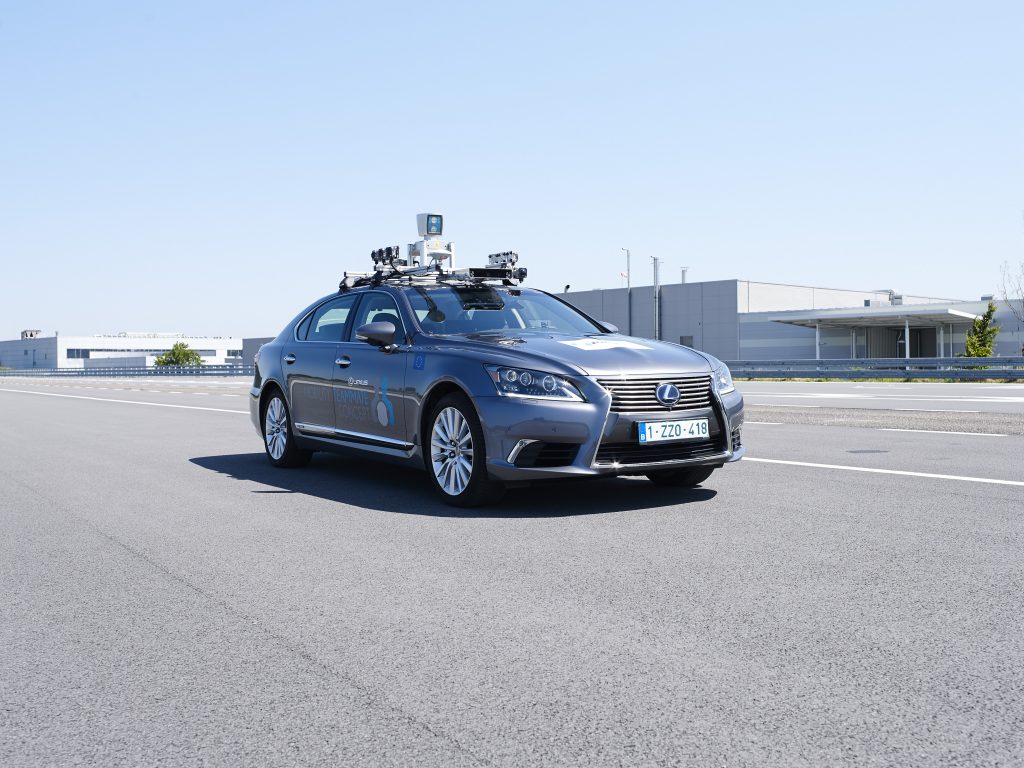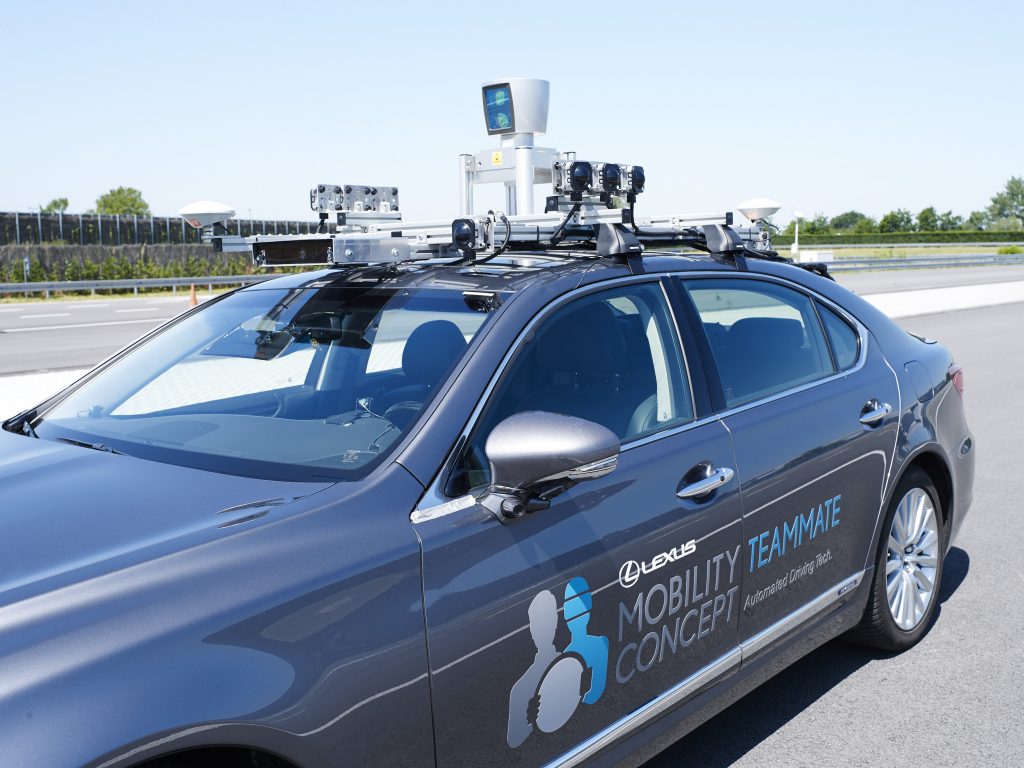The Lexus Safety Revolution: Democratising Safety to Achieve Zero Traffic Accidents
It’s not so long ago that the safety provisions in cars – even those at the top end of the market – did little except provide protection when an accident had happened. Passive safety features, such as seatbelts, airbags and a strong body construction were the key elements. When it came to avoiding an accident, the driver only had anti-lock brakes and vehicle stability systems to call on.
In the past 30 years, Lexus has been at the forefront of technical advances that have transformed safety. Today, our cars are able to recognise the risk of an accident, alert the driver to the hazard and, if necessary, intervene automatically to prevent a collision, or reduce the consequences if there is an impact.
For Lexus, safety is paramount, and our investment in the research, development and deployment of sophisticated new technologies is central to our goal of securing a future where there are no road accidents.
A safety innovator from day one
Ever since the launch of the original LS 400 30 years ago, Lexus has been in the forefront of safety innovation. That model was the first in the world to feature an SRS airbag integrated into the steering wheel – the precursor of multiple airbag systems designed to give effective protection to everyone inside the car.
Lexus’s research into airbag design explored how their shape could be optimised, leading to world’s first dual-chamber passenger airbag, fitted to the second generation IS 200 in 2005. Its unique structure greatly improved protection for the neck and shoulders.
Today, Lexus models can feature as many 10 different airbags around the cabin, including knee, side and curtain shield systems and front airbags that activate in line with the severity of the impact.
State-of-the-art human body research
The behind-the-scenes work at Lexus to improve and devise new safety systems doesn’t just focus on cars and how they are driven. It goes further to analyse and understand the human body and how people react physically in the moments before an impact.
They key to this research is THUMS – Total Human Model for Safety – a computerised crash test system that replicates the not just the size and shape of the human body, but also the position, density and vulnerability of its internal muscles, bones and organs. It’s adaptable for different ages, too, with virtual modelling of infants, older people and even pregnant women.
Using a conventional crash test dummy might only produce 20 or so different data channels, but THUMS’s digital mapping can track the properties of around 20 million points on and inside the human body.
The value of sharing
Using THUMS gives Lexus valuable safety insights at an earlier point in the development of a new vehicle, effectively enabling it to be crash tested before it has even been built. Lexus isn’t keeping the benefits of its research technology to itself; it has licensed THUMS for use by other car makers and safety research bodies so that it can play an even greater role in improving road safety.
Democratising safety technology with Lexus Safety System+
In 2015, Lexus bundled its principal new safety features in a new package called Lexus Safety System+, revealed for the first time on the fourth generation RX luxury SUV. This was the start of a worldwide roll-out – today 99 per cent of the Lexus model range in Europe features Lexus Safety System+ as standard.
The wide-ranging availability of Lexus Safety System+ follows our belief that, to be effective in reducing accidents and injuries, new safety technologies need to be provided on as many vehicles as possible. Democratising cutting-edge safety technology means these features cannot be restricted to the high-grade models only, but are offered on entry-level and core vehicles.
Reducing accident risks
Of course, it’s always better to prevent an accident happening if possible, so the original Lexus Safety System+ focused on preventive safety features. In this regard, the original package was unprecedented in its scope.
Using both radar and camera-monitoring technology, allied to braking and steering control, it equipped the vehicle with a Pre-Collision System (PCS), which detects a collision risk ahead, prompts the driver to brake and prepares the brakes to provide maximum stopping power while also tensioning the seatbelts. If the driver fails to act, the system automatically applies the brakes, slowing the car and potentially avoiding an impact.
Other features included Lane Departure Alert/Lane Keep Assist, to help prevent the car from straying off course from its traffic lane; Adaptive Cruise Control which keeps the Lexus a safe distance from the vehicle ahead; and Automatic High Beam/Adaptive High Beam, which maximises headlight illumination.
Constant improvement
This was only the beginning. In rapid succession, Lexus improved the scope and the functionality of these systems and added new features.
For example, today the Pre-Collision System can detect pedestrians by day and night and cyclists in daylight, as well as other vehicles in the car’s path. The front-radar-governed Dynamic Radar Cruise Control has a function that can slow the car safely to a standstill and then accelerate smoothly back up to its pre-set cruising speed once the way ahead is clear.
World-first technologies
In 2017, the launch of the all-new Lexus LS 500h flagship saloon marked another significant leap forward in safety with the debut of Lexus Safety System+ A. This cutting-edge portfolio included a series of world-first features, with a level of driver assistance that propelled our progress towards future automated driving systems. Although not formally classified, Lexus Safety System+ A meets the criteria for SAE Level 2+ automation – the industry standard for automated driving capability.
The fifth generation LS flagship offers the following features:
- Pre-Collision System with Pedestrian Alert and Active Steering Assist (world first)
The Pre-Collision system’s pedestrian detection function has been improved, with the pedestrian’s location relative to the car shown in an animation in the head-up display. Active Steering Assist determines when there’s a high collision risk with a pedestrian in the car’s path, or with a continuous structure such as a crash barrier. If it calculates that braking alone is insufficient to prevent an impact, it will – if appropriate – trigger steering control while warning the driver and applying the brakes.
- Two-stage Adaptive High-beam System (world first)
The LS 500h’s headlights feature upper and lower rows of LEDs which have separate on/off control. This gives the Adaptive High-beam System finer control of the lighting distance and strength, so the car can be driven for longer on high beam without the risk of dazzling vehicles ahead or oncoming traffic.
- Front Cross-Traffic Alert (world first)
This system is designed to help prevent collisions at junctions by using radar to detect vehicles ahead that are moving across the flow of traffic. The driver is alerted by a warning in the head-up display. If the Lexus continues to move forwards, further warnings are sounded.
- Lexus CoDrive
Lexus CoDrive uses Lane Tracing Assist when the car’s Dynamic Radar Cruise Control is active to provide steering support in line with the driver’s intentions. This takes the stress out of driving on twisting roads, or slow-moving traffic.
Automated driving and future road safety
Future automated driving systems will have an important impact on road safety, having the potential to reduce the number of traffic injuries and fatalities, while also easing congestion (which helps the environment) and enabling older and disabled people to enjoy mobility.
At Lexus, we want to create a society where there is safety, smooth movement and freedom of mobility for all.
Real-world testing in Europe
In 2019, a specially adapted Lexus LS began real-world testing in Brussels, making multiple journeys around a set route through one of the busiest and most transport-diverse cities in Europe.
The vehicle is fitted with an array of sensors, including LIDAR, radar, cameras and a high-precision positioning system. There is also a safety driver on board, to take over control of the vehicle if any hazardous situation is encountered.
The Brussels test follows similar automated driving exercises in Japan and the USA. The data collected form part of Toyota’s involvement in the four-year European L3Pilot project in which more than 30 other partners, including other car makers, business, research bodies and other organisations will prepare the ground for field testing of 1,000 drivers in 100 cars across 100 countries in Europe. Toyota will concentrate on researching how people’s behaviours, and how systems can be safely used in complex city environments.
ENDS

